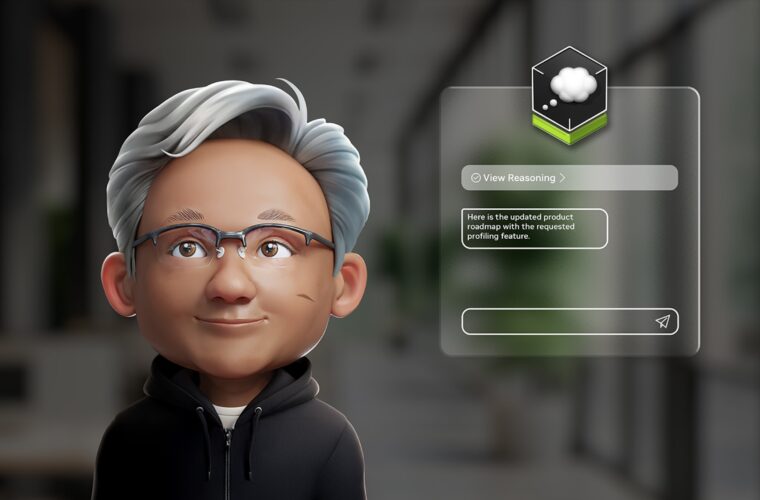In the fast-evolving field of artificial intelligence, debates are strongly propelled toward either open-source or proprietary models. While most AI development remains secretive for large technology firms, a few are opening their artificial intelligence to open source. Companies in this latter category encourage not only innovation but also transparency, security, and ethics in developing their models by making them publicly available.
But why does open-source AI matter? From collaborative possibilities to the reduction of biases, greater competition, and heightened security, these open models have the power to change the world.
Fostering innovation and collaboration
One of the strongest arguments for open-source AI is its ability to fuel innovation. When models are freely available, researchers, developers, and businesses can study, modify, and build upon them, leading to rapid advancements. Instead of siloed progress, the entire industry benefits from collective intelligence. For example, Meta’s release of its Llama models has sparked a wave of innovation, allowing developers to experiment and create diverse applications beyond what the company initially envisioned. OpenAI also took an open approach with GPT-2 before shifting to a more closed model with GPT-4, demonstrating both the potential and challenges of openness in AI. Companies that open-source their AI models encourage a thriving ecosystem where ideas flow freely, leading to breakthroughs that wouldn’t be possible in a closed setting.
Enhancing transparency and trust
Transparency is essential in AI development, especially as concerns about bias, misinformation, and security risks grow. Open-source models allow independent experts to inspect the underlying algorithms, ensuring that AI systems operate fairly and without hidden biases. By making AI models publicly accessible, companies can build trust with users and regulators alike. If AI is to be integrated into critical areas like healthcare, finance, and legal systems, transparency is non-negotiable. As Red Hat points out, open-source development improves safety, security, and privacy by enabling scrutiny at every stage of development. Moreover, the open-source community acts as a safeguard against unethical AI practices. The more people who can examine and improve an AI model, the less likely it is to be exploited for malicious purposes.
Driving competition and reducing costs
A world led by a few giants like Google, OpenAI, and Microsoft makes open-sourced AI a great equalizer. The best-of-class models are available to startups and smaller companies without requiring exorbitant licensing fees, making competition razor-sharp and innovation move much faster. Historically, open-source software has been at the heart of most industrial changes. The success of Linux, Apache, and other open technologies has already illustrated how collaborative development can take down corporate monopolies. AI might go along just the same lines, where open models become a path toward diversity, cost efficiency, and ethics. The most characteristic example is the case of DeepSeek, an open-source strategy that literally swept into the top league of challengers in AI. Thus, by tapping the power of collaborative development, DeepSeek managed to produce quality models of AI without having huge funding like some tech giants.

Ensuring ethical AI development and preventing misuse
Another extremely salient issue of AI consists of ethical concerns. Often, proprietary models come under criticism with regard to their transparency, due to which one can find hardly any bias in the models, even if they turn out to be hazardous. This is where Open-source AI supports wider oversight-the community watches along and guides it in ethical usages. While some critics argue that open AI can be used for nefarious ends, in actuality, closed systems can also be exploited with less scrutiny due. Mark Zuckerberg, the chief executive of Meta, has pushed back on these concerns about open-source AI by arguing that the closed ones benefit corporate interests at the expense of security and ethics. In fact, open models enable responsible AI development because the researchers and policy officials would finally know how those systems work and how to use them.
Balancing openness and security
However, despite the obvious advantages that proper open-source AI provides, companies also have to be wary of security and intellectual property. While, in many cases, full transparency would be ideal, there do exist valid reasons why companies might keep certain elements of their AI systems private. A balanced approach, core models open-source but proprietary for specific implementations, may offer the best of both worlds. For example, companies can release their AI models under restrictive licenses that forbid misuse yet allow collaboration. More important, there are ways to lessen risks, as some models restrict access only to those researchers and developers who fit within a particular set of ethics guidelines. It is one approach to ensuring open-source AI does not turn nefarious.
In other words, open-source models are not only a strategy but also a compulsion for the future of AI. Transparency, security, and ethics all weigh in on the plus side of open AI. Though proprietary models offer short-term benefits to the company concerned, the long-term progress of AI rests on shared knowledge and collective innovation. AI companies opening their models for the greater good contribute to the advancement of technology and build a future in which AI contributes toward the common good. Making AI accessible, understandable, and trustworthy will definitely let the industry ensure that artificial intelligence develops in such a fashion that all of humanity can benefit from it.



